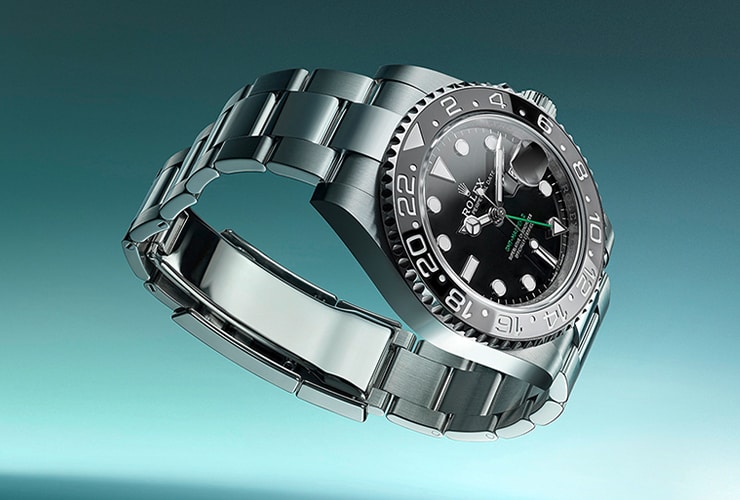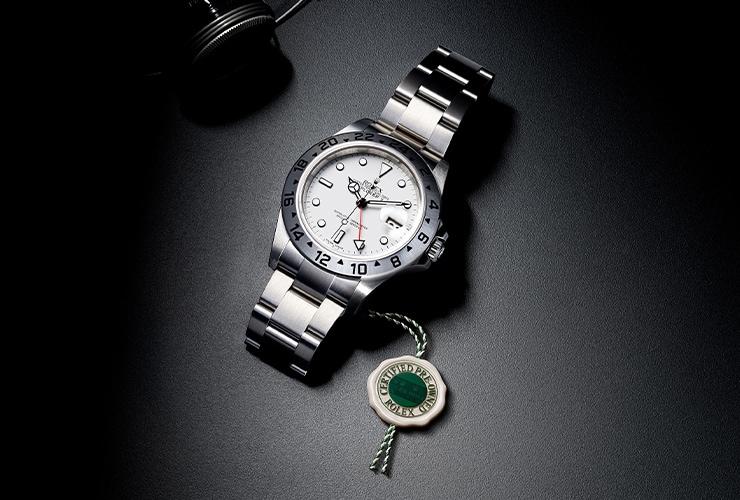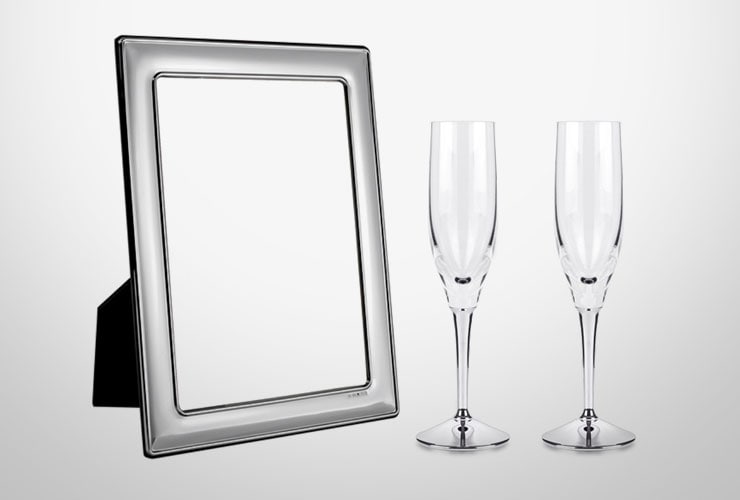All in good time: the birth of the dress watch
By Sarah Jayne Potter | 5 minute read
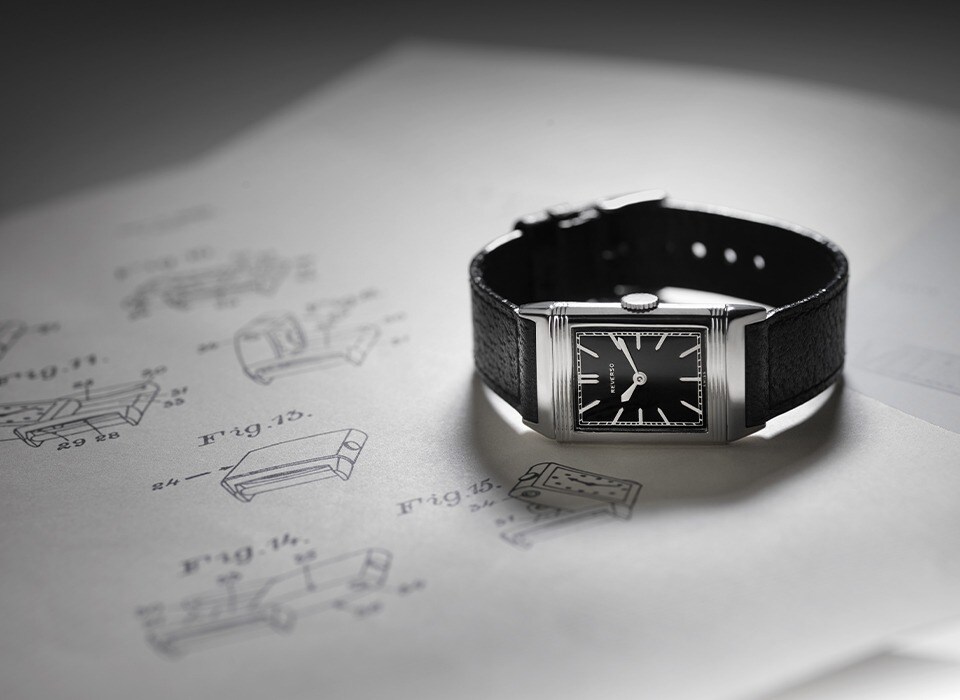
When you consider the defining characteristics of a dress watch – thin, elegant, simple, yet timelessly classic in application – it’s perhaps no surprise that this family of timepieces can trace its origins back to the development of trouser and waistcoat pockets. Men’s tailoring was focused on elaborate personal expressions of opulence, and Regency dandies such as Beau Brummell required a slimmer profile to their pocket watches to eradicate any unsightly bulges or distortions in their apparel.
Small wonder: the pocket watch becomes ever flatter
The need for a more discreet timepiece was not only sartorially vital, it was a show of wealth, as the skill required to build and house a movement within a small, flat watch case was significant – and costly. This trend was explored for more than a century, with the pinnacle of the flat pocket watch being achieved in the 1930s by the likes of Jaeger-LeCoultre and Vacheron Constantin with their ‘knife’ watches. These examples tested watchmakers to the absolute limits of hand-built tolerances and movement assembly within the tightest of spaces. It signified the high-water mark of the traditional pocket watch.
Fighting fit: wartime calls for a wristwatch
Despite these innovations, however impressive, time had already moved from the pocket to the wrist. Like so many of the 20th century’s technological innovations, the First World War also had a seismic influence in horology. Army Offices quickly discovered that pocket watches were cumbersome and awkward to use in the trenches or at the bottom of a darkened dugout. The lives of their men depended on good timekeeping. With artillery barrages and rigid battle plans co-ordinated by the second, the need for a smaller, readily accessible and readable timepiece became clear. The likes of OMEGA, Longines and Mappin & Webb all began selling smaller, legible, uncomplicated strap-secured watches during the period, and, soon, the sight of men checking the time with a roll of the wrist from beneath a shirt cuff and tailored tunic sleeve became common.
AND DESPITE THE INCREASINGLY POPULAR APPEAL OF THE LARGER, MORE MASCULINE SILHOUETTES DEPLOYED BY PROFESSIONAL TOOL WATCHES FOR DAILY WEAR, THE NEED FOR A SOPHISTICATED AND TASTEFUL TIMEPIECE TO WEAR ON A SPECIAL OCCASION OR AT THAT IMPORTANT BUSINESS MEETING REMAIN
Home front: the dress watch defines the man
From the mud of battle to the return of civilian life, the wristwatch had proved its worth. Despite naysayers who suggested a smaller ‘wristlet’ was far too feminine for a gentleman of the early 20th century, officers and returning ranks, like Beau Brummell before them, saw the wristwatch as a way to augment their personalities. Swapping khaki battledress and divisional headquarters for clerks’ offices, banks and evenings at the theatre in handsome three-piece suits, they sported the dress watch with pride, and its popularity began to grow.
Practicality, although still important, was replaced with prestige. And the elegance of a slim, aesthetically beautiful, yet uncomplicated dress watch became highly sought-after to fit beneath a close-fitting shirt. The art of creating reliable and accurate movements in ever smaller cases was still significant, and owners of these fine examples of modern horology, which were often presented in precious metals such as gold, were seen as men of taste and means.
Today, this founding principle remains in place, with the art of producing refined dress watches still practised by the majority of the industry. And despite the increasingly popular appeal of the larger, more masculine silhouettes deployed by professional tool watches for daily wear, the need for a sophisticated and tasteful timepiece to wear on a special occasion or at that important business meeting remains. A selection of our favourites follows.
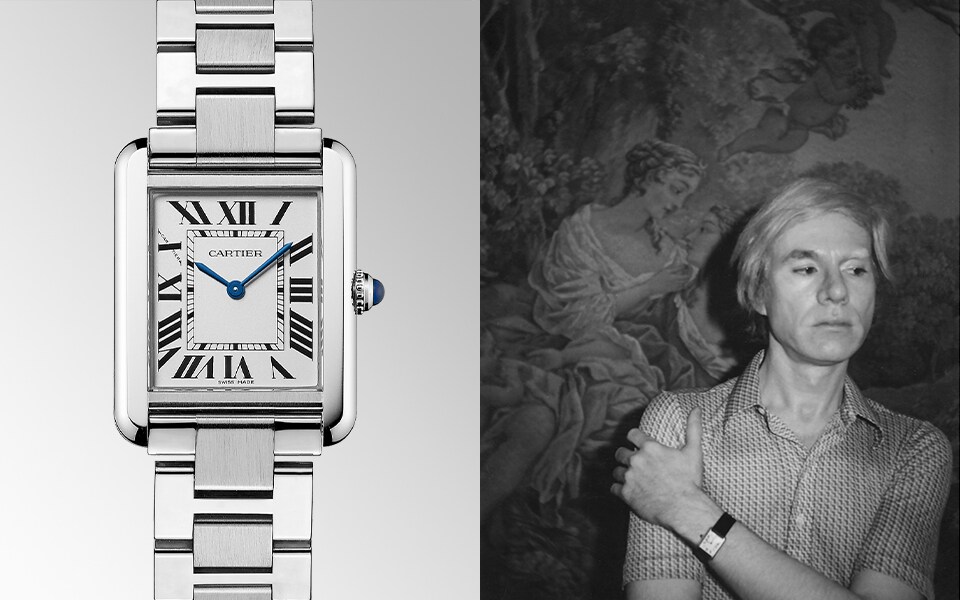
Horology with history: the Cartier Tank Solo
An icon of the dress watch world, the Cartier Tank Solo has significant prestige. Created by Louis Cartier in 1917 and inspired by the bird’s-eye view airmen had of the cutting-edge and rectangular iron ‘land-ships’ that lumbered over the battlefields, the Cartier Tank is compact, striking and elegant. Celebrated by the likes of Jackie Kennedy and Andy Warhol, the unisex collection of Cartier Tank Solo watches remains a glamorous choice with an unexpected military heritage.
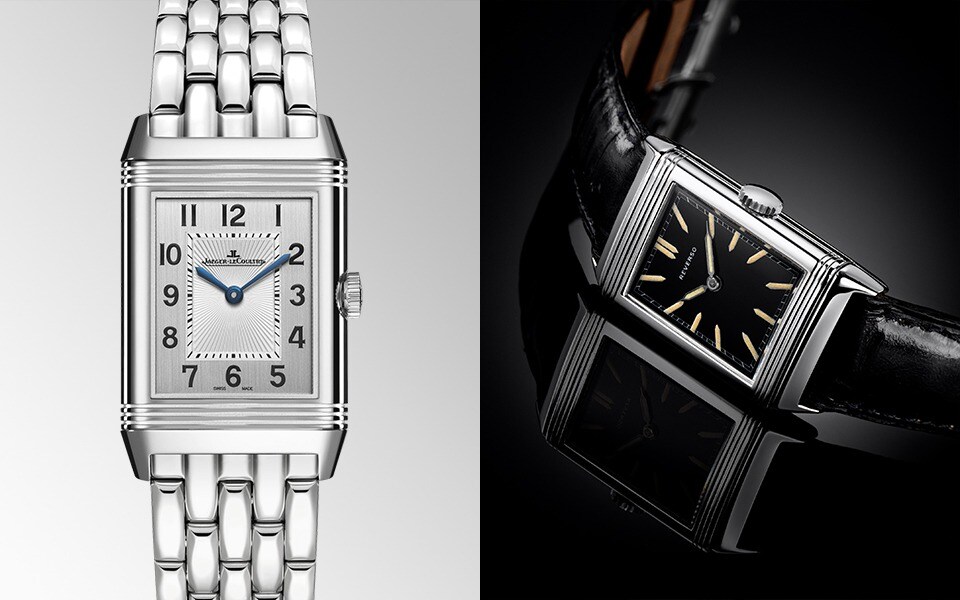
Inspired innovation: the Jaeger-LeCoultre Reverso
Another refined dress watch that clearly traces its inception back to military beginnings is the Jaeger-LeCoultre Reverso. An ingenious design by French engineer René-Alfred Chauvot in 1931 allowed British Army officers with a penchant for the rough and tumble of polo to compete without the anxiety of damaging their timepiece before retiring for tea and cake in the clubhouse. Featuring a case that could be swivelled to lock and conceal its Art Deco dial and sapphire crystal, the Reverso delivers intrigue, practicality and finesse in abundance.
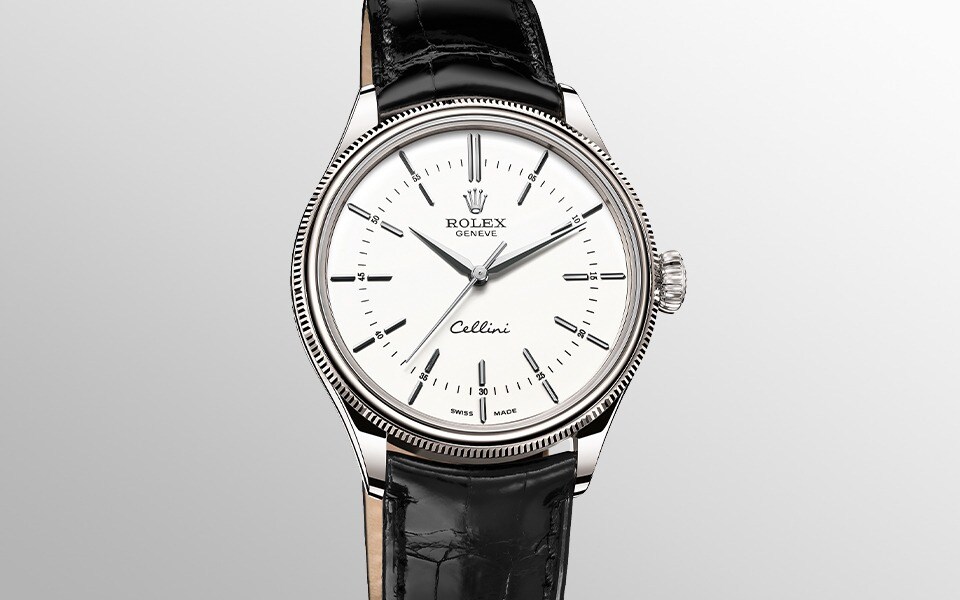
The ultimate tuxedo watch: the Rolex Cellini Time
Rolex professional models such as the Submariner, the Daytona, and GMT-Master II continue to sustain the reputation of what is arguably the Swiss watch industry’s most famous brand. In contrast, within the Rolex Cellini collection, a number of striking timepieces remain somewhat under the radar. Dubbed the ‘tuxedo watch’, the Cellini is the embodiment of a modern dress watch, best suited to an evening of fine dining and celebration. Modest in its presentation, the slim and classic Rolex Cellini Time combines the best of Rolex watchmaking know-how with an ageless yet contemporary aesthetic.
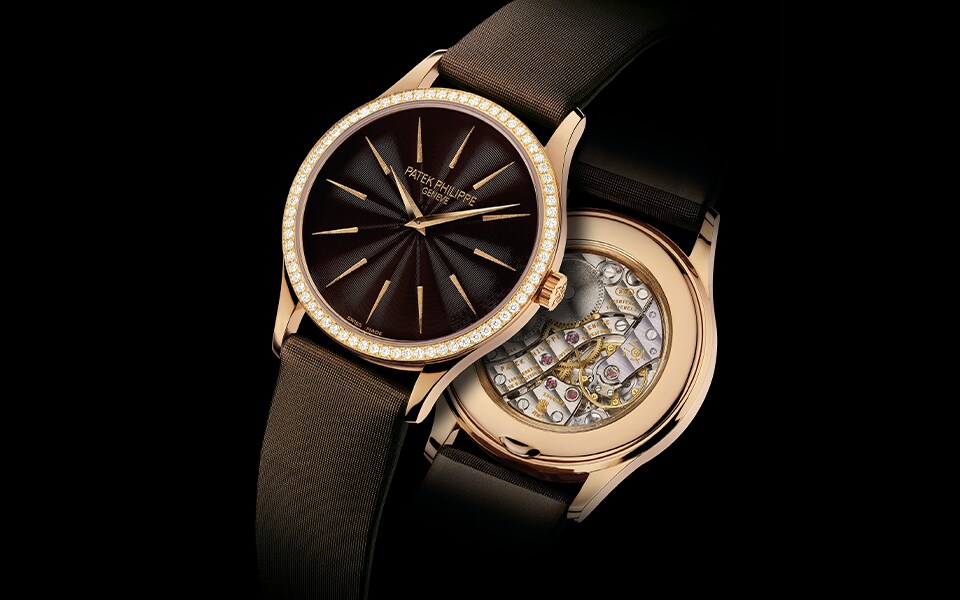
Covetable minimalism: the Patek Philippe Calatrava
Striking in its dial simplicity, the Patek Phillippe Calatrava captivates with its uniformity and legibility. Focusing on telling the time with two clearly defined minute and hour hands, this stunning example of a dress watch is neither hurried nor distracted by an unnecessary second hand or date display. Wearing this piece of understated perfection from the highly coveted brand on one’s wrist at a soirée will make time – not to mention admirers – stand still.
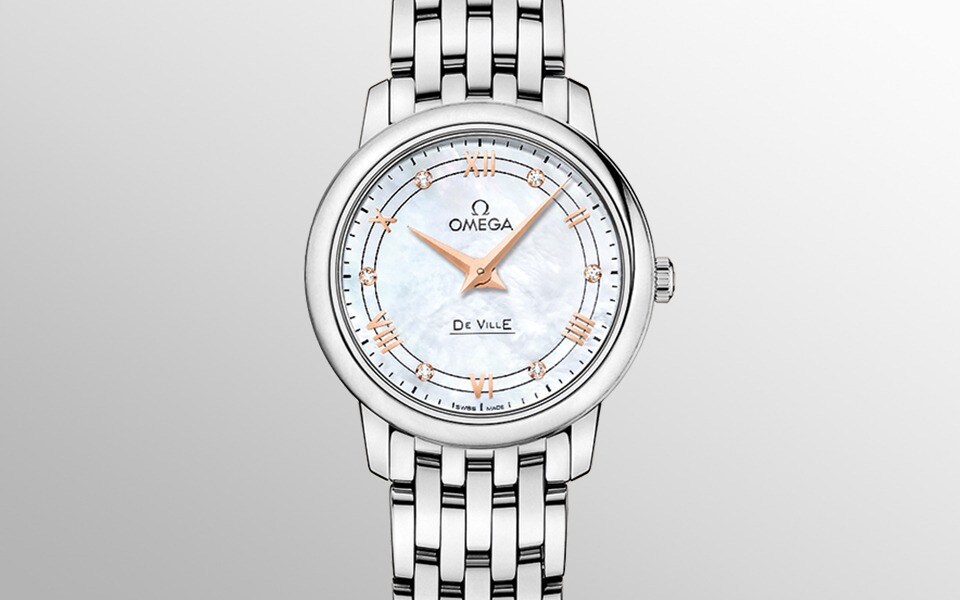
Award-winning good looks: the OMEGA De Ville
Another unisex line of watches of note is the captivating OMEGA De Ville collection. Following its inception in the 1960s, it quickly became the house’s bestselling line, owing to its simple yet modern composition. During the following decade, De Ville wristwatches won six ‘Golden Roses’ at the Baden-Baden design awards and also scooped the coveted Grand Prix Triomphe de l’Excellence Européenne. Today, the collection continues its spirit of elegance in design with examples in a range of sizes and dial combinations.
© 2024 Mappin & Webb
Mappin & Webb is a trading name of Watches of Switzerland Company Limited. Registered Office: Aurum House, 2 Elland Road, Braunstone, Leicester, LE3 1TT, Registered in England and Wales, Company number 00146087. Registered VAT Number 834 8634 04. Watches of Switzerland Company Limited acts as a broker and not a lender and offers finance from Secured Trust Bank PLC trading as V12 Retail Finance and PayPal UK Ltd, Whittaker House, Whittaker Avenue, Richmond-Upon-Thames, Surrey, United Kingdom, TW9 1EH trading as PayPal Credit. Watches of Switzerland Company Limited is authorised and regulated by the Finance Conduct Authority. Our registration number is 308710. Credit provided is subject to age and status, minimum spend applies. Terms and Conditions apply. UK residents only. We may receive a commission if your application is successful, and the amount may vary depending on the product chosen and the amount of credit taken out. Not all products are regulated by the Financial Conduct Authority and FOS protection will not be extended to unregulated agreements. Please note the Consumer Credit Act states that should your purchase / loan amount cost more than £30,000 you will not be covered under Section 75 of the Consumer Credit Act.
*Next day delivery available on most items. See product pages for more information.

